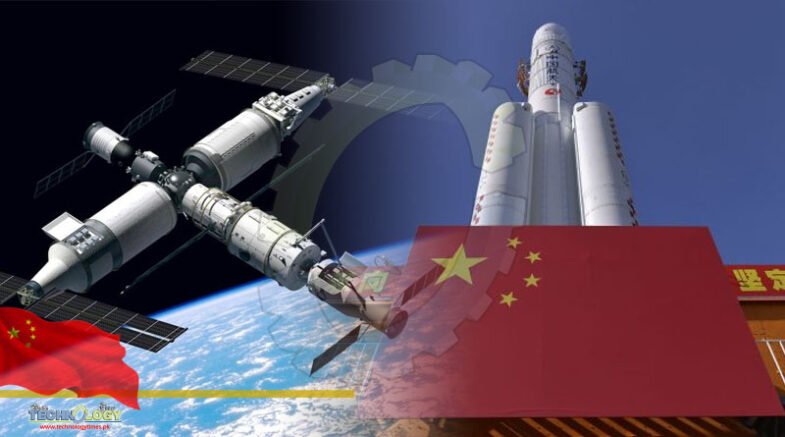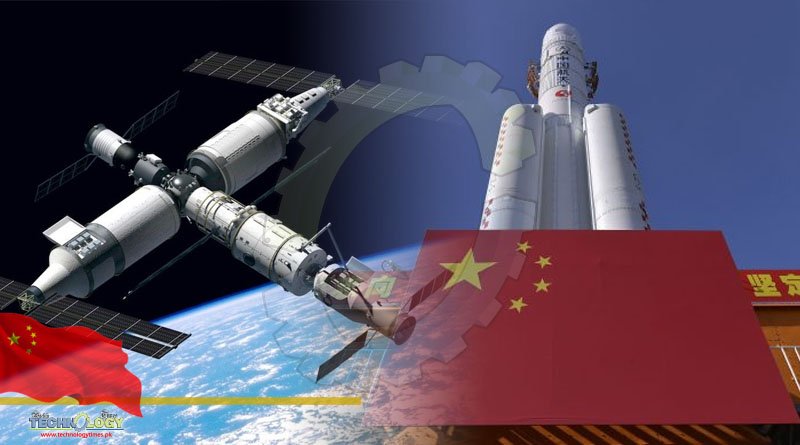Under China space program, China has signed agreements and carried out cooperation projects with France, Germany, Italy, Russia, Pakistan, and many space agencies or organizations.

China will welcome astronauts from other countries to enter its space station to conduct experiments, said Ji, adding that Chinese space program has several space science application projects jointly selected by China and the United Nations Office for Outer Space Affairs (UNOOSA) or with the European Space Agency (ESA) are being implemented as planned. Related payloads will be launched to get into China’s space station for experiments by 2023.
The country strives to build its space station into a platform with extensive international participation and always adheres to the principles of peaceful utilization, equality, mutual benefit, and common development.
Three experiments in Mengtian’s two-phase cabinet are collaborations with the European Space Agency, said Liu Qiusheng, one of the cabinet’s designers from the Institute of Mechanics under the Chinese Academy of Sciences.
Under China space program, China has signed agreements and carried out cooperation projects with France, Germany, Italy, Russia, Pakistan, and many space agencies or organizations. Tiangong is the first of its kind open to all UN member states.
In a cooperation program with UNOOSA, projects from 17 countries have been included in the first batch of Tiangong’s experiments in aerospace medicine, life sciences and biotechnology, microgravity physics and combustion science, astronomy, and other emerging technologies.
With the space station entering the application and development phase, China will continue to adhere to the development concept of openness and sharing, and carry out more and deeper pragmatic cooperation with countries and regions committed to the peaceful utilization of outer space, so that the sci-tech achievements of China’s space station will benefit all mankind.
China has been pushing space exploration boundaries on its own over the past three decades. It embarked on a “three-step” strategy to boost its human space program in 1992 when constructing a manned orbiting laboratory was still a flight of fancy for the Chinese people.
According to China space program, the first step was to send astronauts into space and ensure their safe return. The second step was developing advanced space flight techniques and technologies, including extravehicular activity and orbital docking. The third step is to assemble and operate a permanent manned space station.
In April 2021, the country officially kicked off the in-orbit construction of its space station by launching the core module Tianhe.
“In the past 30 years, we have overcome many technical difficulties, such as the technologies of shuttling between space and Earth, extravehicular activity, rendezvous, and docking,” said Yang Liwei, the country’s first “taikonaut” in orbit since he entered space with Shenzhou-5 in October 2003.
So far, a total of 12 astronauts on four missions, Shenzhou-12, Shenzhou-13, Shenzhou-14, and Shenzhou-15, have participated in the in-orbit construction of the space station.
Originally published at China Daily
